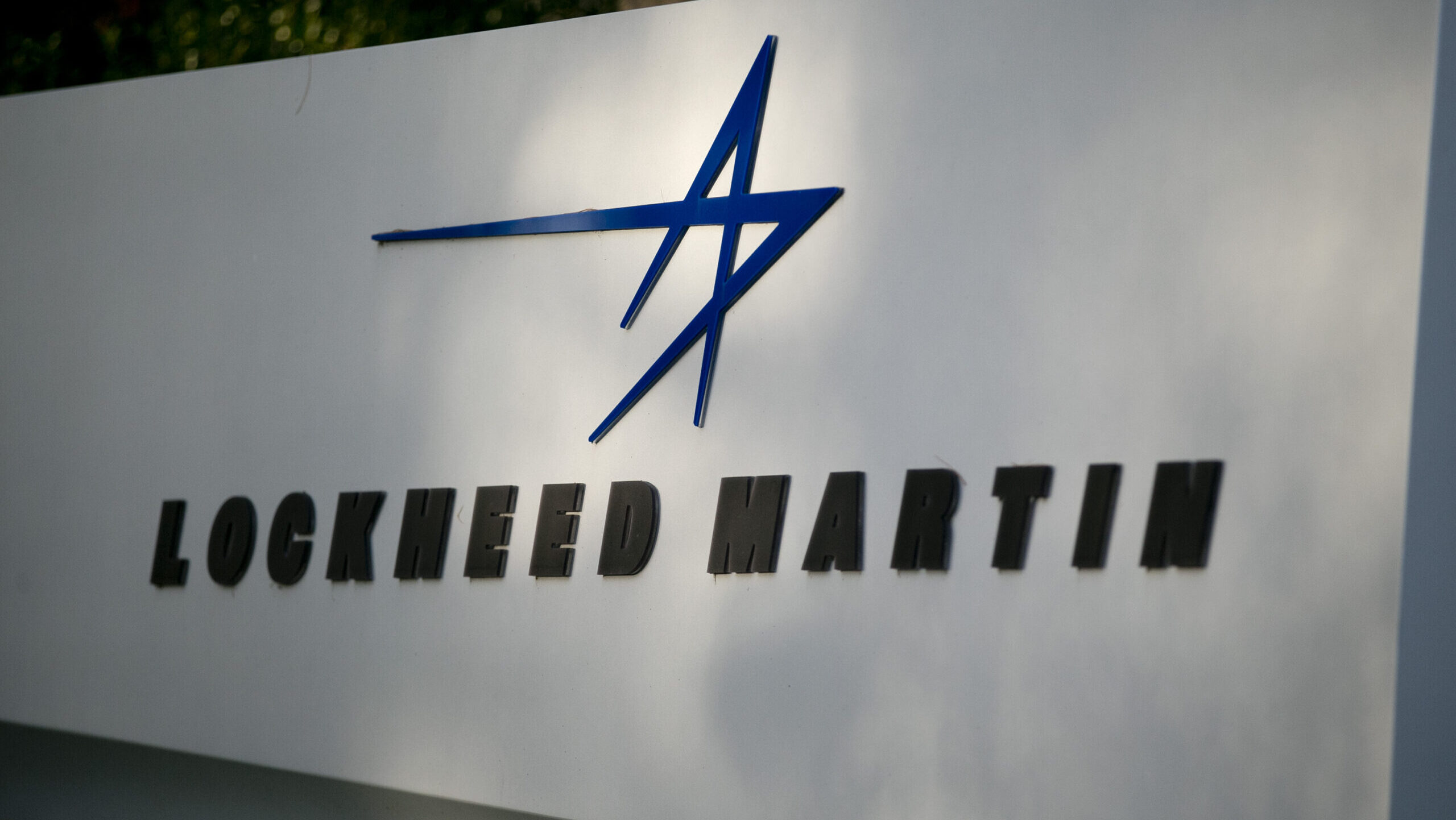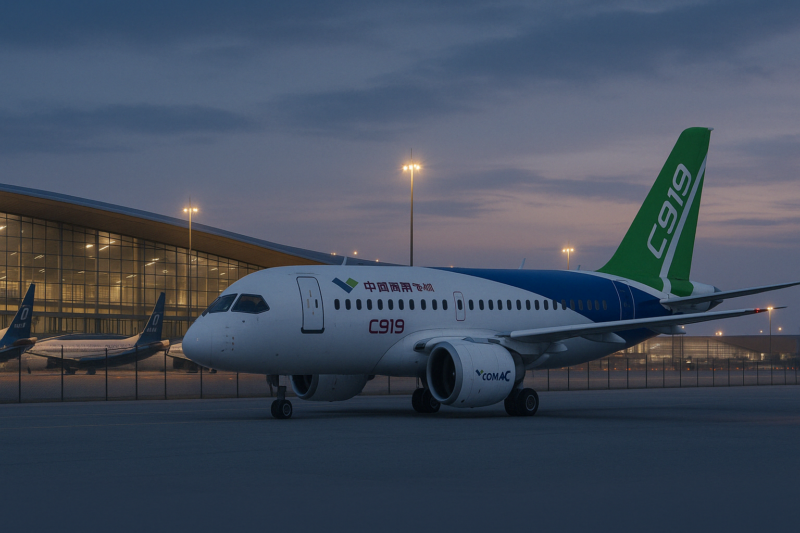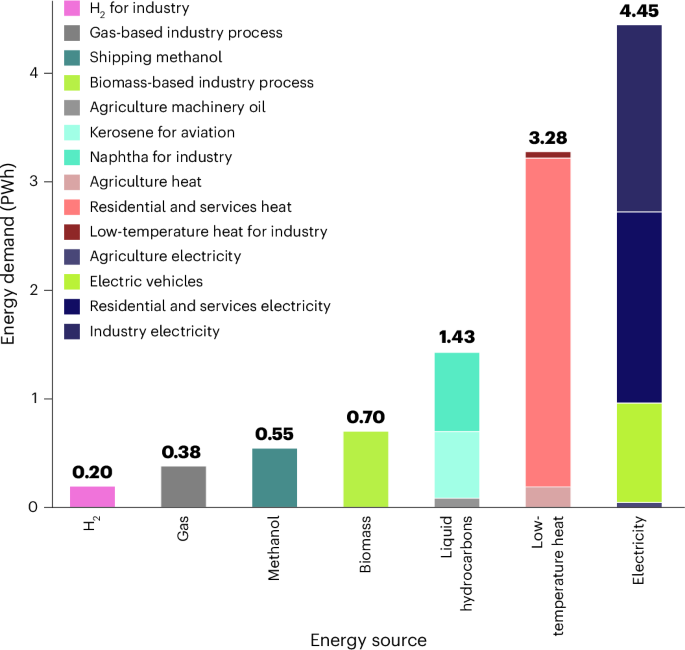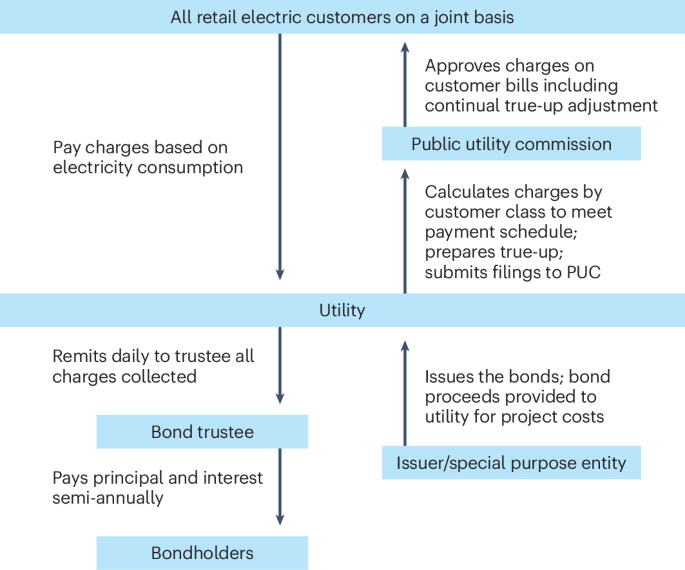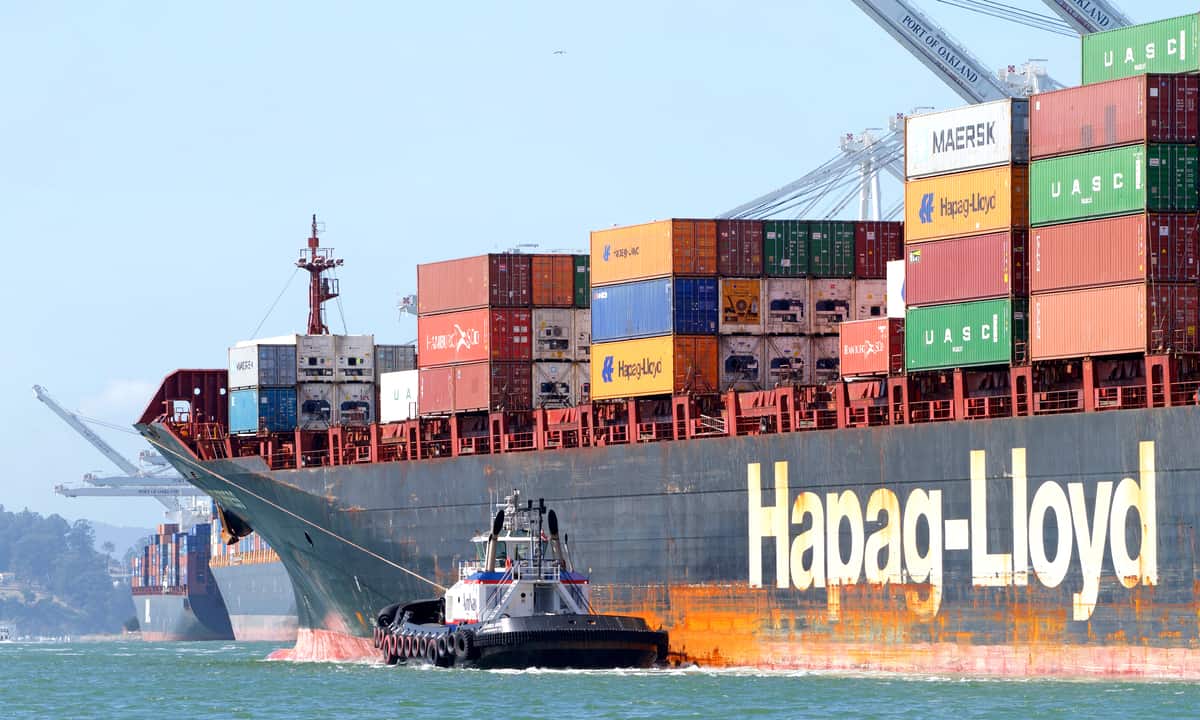Interlining Freight vs. Freight Brokering
Interlining freight and freight brokering are two often misunderstood functions in transportation. While both involve coordinating freight movement, the distinctions in responsibility, regulatory requirements, and legal compliance are significant. This article talks about how interlining carriers work together to complete shipments across multiple legs, sharing liability and direct transport duties. It also breaks down how freight brokers facilitate shipments without ever taking possession of cargo and why they must hold FMCSA broker authority and a $75,000 surety bond. With FMCSA cracking down on unauthorized brokering, understanding the legal and operational differences is crucial for carriers, brokers, and shippers. The post Interlining Freight vs. Freight Brokering appeared first on FreightWaves.

The transportation industry has wide-ranging operational roles and regulatory requirements that often overlap, causing confusion among carriers, brokers and shippers. Two of the most commonly misunderstood concepts in freight logistics are interlining freight and freight brokering. While both involve coordinating the movement of goods, they operate under distinct legal and regulatory frameworks.
Adding to the complexity is the controversial and often misunderstood role of dispatch services, or bona fide agents, which falls into a regulatory gray area that has been the subject of serious debate. While we dive into dispatch services in other articles, the Federal Motor Carrier Safety Administration has issued final guidance clarifying the definitions of brokers and bona fide agents. You can find the agency’s take on it here.
Let’s focus on what differentiates motor carriers’ interlining freight from freight brokers and why industry professionals must understand these distinctions.
What Is Interlining Freight?
Interlining freight refers to a collaborative transportation model in which two or more motor carriers work together to move a shipment from its origin to its final destination. This practice is common when a single carrier cannot complete the delivery due to factors such as:
- Long-distance hauls requiring multiple regional carriers.
- Equipment limitations preventing a carrier from servicing specific lanes.
- Regulatory constraints that restrict a carrier from operating in specific regions or states.
Interlining allows for a more flexible, scalable and efficient transportation process. It ensures goods reach their destination even when a single carrier cannot independently complete the route.
How Interlining Works
- Shipment transfer: The originating carrier picks up the freight and transports it as far as the carrier is permitted or able. The shipment is handed off to a second carrier at a designated transfer point.
- Shared responsibility: Both carriers ensure the shipment is delivered safely and on time.
- Coordinated logistics: Seamless communication and documentation are essential to track freight movements and minimize delays.
Regulatory Requirements for Interlining Carriers
Interlining carriers must comply with FMCSA regulations to ensure legal and operational integrity. These include:
- Operating authority: Each participating carrier must have the appropriate FMCSA motor carrier authority.
- Insurance coverage: Carriers must maintain active liability and cargo insurance to cover their respective portion of the shipment.
- Proper documentation: Bills of lading, transfer records and interline agreements must be properly documented to ensure accountability.
What Is Freight Brokering?
Freight brokering is different from interlining. Brokers facilitate freight movement instead of physically transporting goods by connecting shippers with motor carriers. Brokers act as logistics intermediaries who negotiate rates, handle contracts and manage shipment coordination, but they never take possession of the freight.
How Freight Brokering Works
- Connecting shippers and carriers: Brokers match available freight with suitable trucking companies based on capacity, rates and operational needs.
- Rate negotiation: Brokers handle pricing discussions between shippers and carriers to ensure fair, market-competitive rates.
- Shipment oversight: Brokers track loads, coordinate schedules and handle communication among all parties to ensure smooth delivery.
Regulatory Requirements for Freight Brokers
Because brokers do not physically handle freight, they are governed by regulations different from those of motor carriers. These include:
- FMCSA broker authority: All freight brokers must obtain FMCSA brokerage authority before arranging freight transportation.
- Surety bond requirement: Brokers must hold a $75,000 surety bond or trust fund to protect shippers and carriers from financial loss due to broker nonpayment.
- Record-keeping obligations: Brokers are required to maintain documentation of all transactions, including contracts, rate confirmations and communication logs.
While not required, it’s recommended that brokers maintain contingent cargo insurance, contingent auto liability and trade line coverage to provide additional protection against potential claims and disputes.
Key Differences Between Interlining Freight and Freight Brokering
While interlining and brokering involve multiple parties coordinating freight movements, the distinctions between them are significant.
- Direct Involvement in Transportation
- Interlining carriers: Directly handle and transport the freight at different points along the route.
- Freight brokers: Never take possession of the freight but arrange transportation through motor carriers.
- Responsibility for the Shipment
- Interlining carriers: Share responsibility for safe transport from pickup to delivery, each assuming liability for its portion of the route.
- Freight brokers: Do not assume responsibility for transporting the shipment but ensure that contracted carriers complete the move.
- Regulatory and Insurance Requirements
- Interlining carriers: Must comply with motor carrier regulations, maintain operating authority, and carry liability and cargo insurance.
- Freight brokers: Must hold broker authority, maintain a $75,000 surety bond and keep detailed records of their transactions.
Why These Differences Matter
Understanding the differences between interlining freight and brokering is key for motor carriers, brokers and shippers. Misclassifying operations can lead to FMCSA violations, compliance risks and financial liability.
For example, a motor carrier cannot broker a load to another carrier without broker authority. Doing so without proper authority is considered “unauthorized brokering,” which results in fines and penalties. Similarly, freight brokers cannot act as carriers unless they possess a motor carrier authority and minimum insurance coverage.
The freight industry operates as a complex, interconnected community. By properly distinguishing between these roles, shippers can make informed decisions, carriers can protect their authority, and brokers can operate within the bounds of the law.
Ultimately, whether moving freight as an interlining carrier or brokering loads, all parties must ensure compliance and transparency to maintain trust and efficiency within the industry.
The post Interlining Freight vs. Freight Brokering appeared first on FreightWaves.

































































































